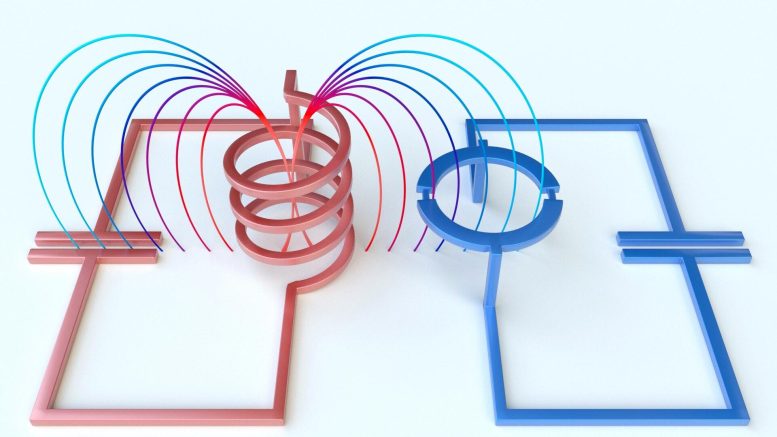
An illustration of the device, which consists of two superconducting circuits: a cold high-frequency circuit (in blue) and a hot low-frequency circuit (in red). Here, the current that flows in the red circuit generates an oscillating magnetic field which leads to the photon-pressure coupling. By sending in a strong signal to the blue high-frequency circuit, this one is transformed into an amplifier capable of detecting radio-frequency photons flowing in the red circuit with much higher sensitivity. Credit: Researchers
Quantum Heat Pump: A New Measuring Tool for Physicists
Physicists have built a quantum scale heat pump made from particles of light. This device brings scientists closer to the quantum limit of measuring radio frequency signals, which is useful in the hunt for dark matter.
If you bring together two objects of different temperatures, such as putting a warm bottle of white wine into a cold chill pack, heat usually flows in one direction, from hot (the wine) to cold (the chill pack). And if you wait long enough, the two will both reach the same temperature. This is a process known in physics as reaching equilibrium: a balance between the heat flow one way and the other.
If you are willing to do some work, you can break this balance and cause heat to flow in the “wrong” way. This is the principle used in your refrigerator to keep your food cold, as well as in efficient heat pumps that can steal heat from the cold air outside to warm your house. In their publication, Gary Steele and his colleagues demonstrate a quantum analog of a heat pump, causing the elementary quantum particles of light, known as photons, to move “against the flow” from a hot object to a cold one.
The study was conducted by physicists from TU Delft, ETH Zürich, and the University of Tübingen. Their work will be published today (August 26, 2022) as an open-access article in the journal Science Advances.
Dark matter signals
Although the physicists had already used their device as a cold bath for hot radio-frequency photons in a previous study, they have now managed to simultaneously turn it into an amplifier. With the built-in amplifier, the device is more sensitive to radio-frequency signals. This is just like what happens with amplified microwave signals coming out of superconducting quantum processors. “It’s very exciting, because we can get closer to the quantum limit of measuring the radio frequency signals, frequencies that are hard to measure otherwise. This new measuring tool might have lots of applications, one of them being to look for dark matter,” Steele says.
A quantum heat pump
The device, known as a photon pressure circuit, is constructed from superconducting inductors and capacitors on a silicon chip cooled to only a few millidegrees above absolute zero temperature. While this sounds very cold, for some of the photons in the circuit, this temperature is very hot, and they are excited with thermal energy. Using photon pressure, the scientists can couple these excited photons to higher frequency cold photons, which in previous experiments allowed them to cool the hot photons into their quantum ground state.
In this new work, the physicists add a new twist: by sending an extra signal into the cold circuit, they are able to create a motor that amplifies the cold photons and heats them up. At the same time, the extra signal “pumps” the photons preferentially in one direction between the two circuits. By pushing photons harder in one direction than the other, the researchers are able to cool the photons in one part of the circuit to a temperature that is colder than the other part, creating a quantum version of the heat pump for photons in a superconducting circuit.
Reference: “Parametrically enhanced interactions and non-reciprocal bath dynamics in a photon-pressure Kerr amplifier” 26 August 2022, Science Advances.
DOI: 10.1126/sciadv.abq1690


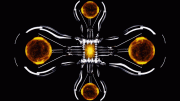
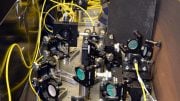
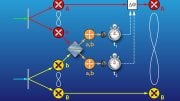
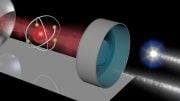
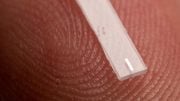
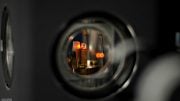

… Now the dark matter is going to be found!
Good, now they can prove it doesn’t exist.
Right?!?